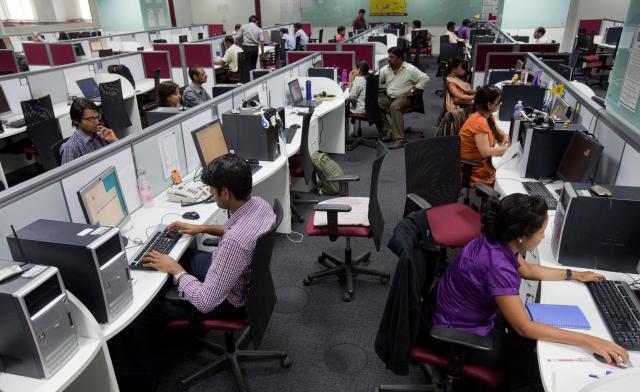
Top 10 office markets with highest rental growth in Q2 2018
Indian cities witnessed a strong office demand in Q2 2018, with about 12.6 million sq ft of gross absorption recorded, indicating a 10% QoQ growth in office leasing activity.

Indian cities witnessed a strong office demand in Q2 2018, with about 12.6 million sq ft of gross absorption recorded, indicating a 10% QoQ growth in office leasing activity.

As per Colliers International, the overall absorption for H1 2018 now stands at ~ 24 million sq ft. Bengaluru (Bangalore) continued to account for the highest share of absorption at 34% in Q2, followed by the National Capital Region (NCR) at 28%, Mumbai at 14%, Hyderabad and Chennai at 8% each, Pune at 6%, and Kolkata at 2%.

The report highlights the key changes in the business environment that are likely to impact CRE requirements and suggests strategies for occupiers and developers to harness the full potential of the opportunities derived from this change. The report also highlights the increased role of investors in changing business environment.
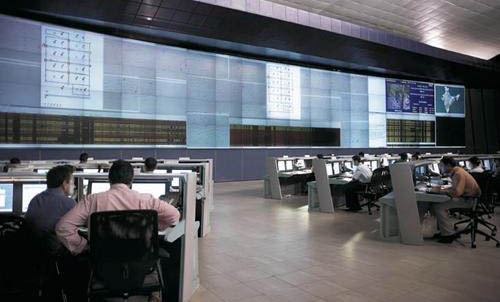
The first quarter of 2018 has started on a positive note with a 23% YoY increase in the gross office take-up in India. As per Colliers International, approximately 11.4 million sq ft (1.02 million sq m) of gross absorption was recorded in Q1 2018.

With its footprint in GIFT City, India’s 1stOperational Smart City and International Financial Services Centre (IFSC), SOBHA increases increase its residential footprint to 10 cities in India.
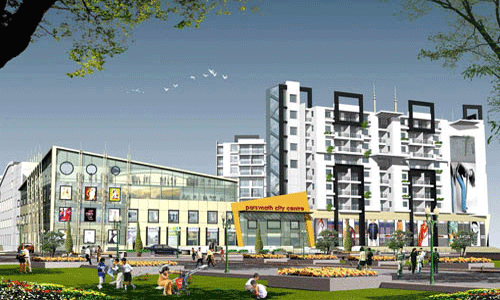
Bhiwadi as a city has for long weathered the perception of an industrial belt which was seen to be an alternative destination for those who can not afford Gurgaon or Manesar. After all, office occupancy pattern has been a benchmark of the prosperity of a given city since it indicates the jobs and disposable income which eventually is a catalyst for the growth of housing and retail as well.

With about 10 million sq ft (0.9 million sq m) of office leasing in Q3, gross absorption totalled around 28.9 million sq ft (2.7 million sq m) over the first nine months.
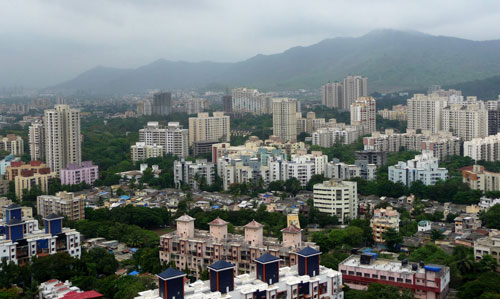
In Pune, on the contrary, IT/ITeS may be one of the high demand zones for education, yet it is not that only IT/ITeS driven educational institutions are flourishing. As a matter of fact, and industry players agree to it, education sector has grown in the city in all the segments, be it IT/ITeS or any other professional/vocational education.
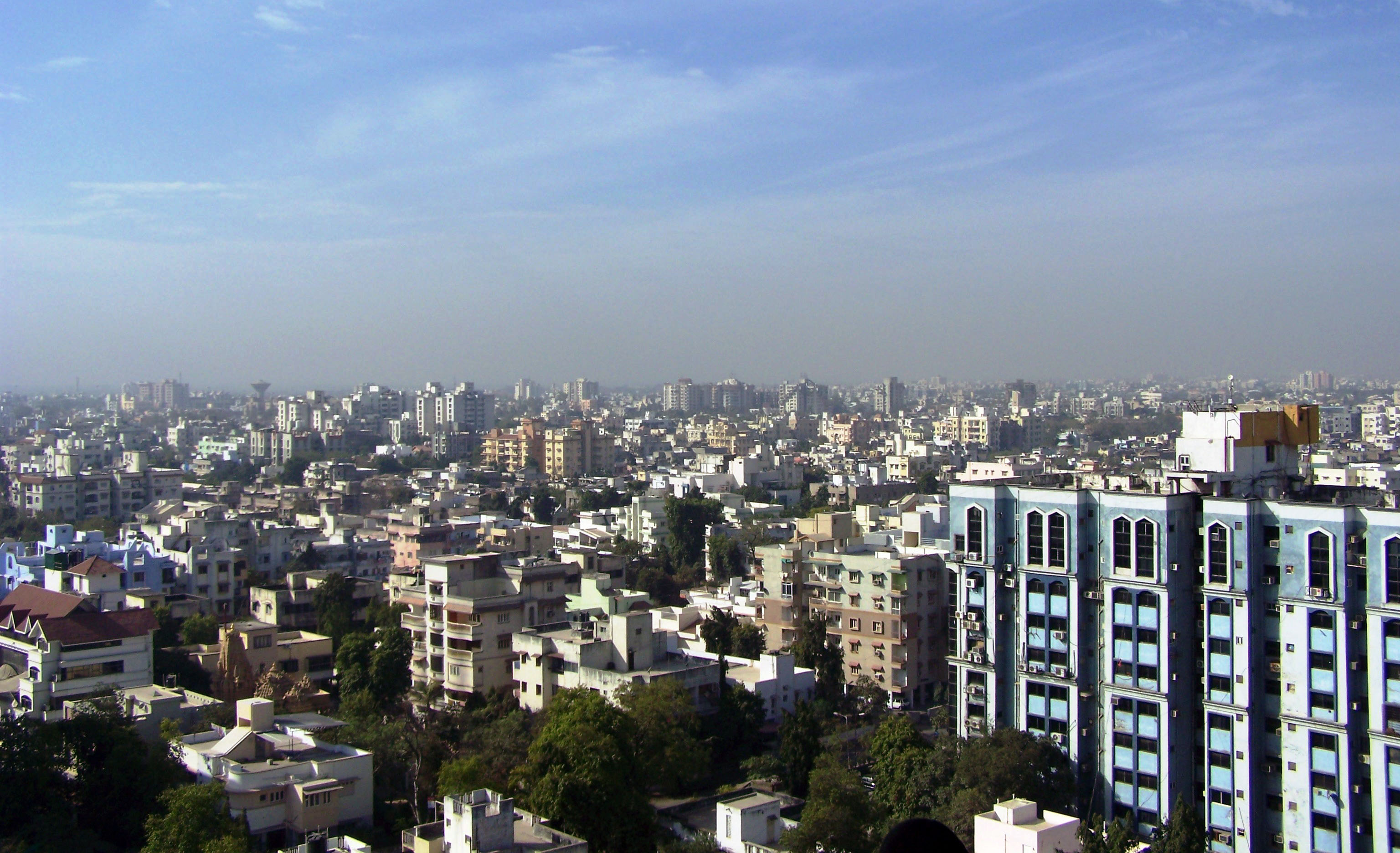
Developers operating in the redevelopment space are bullish that their area of specialisation does not have a saturation point or over-supply at any foreseeable future. Analysts believe the land crunch constraint that the city faces since many years can be solved only through massive redevelopment.
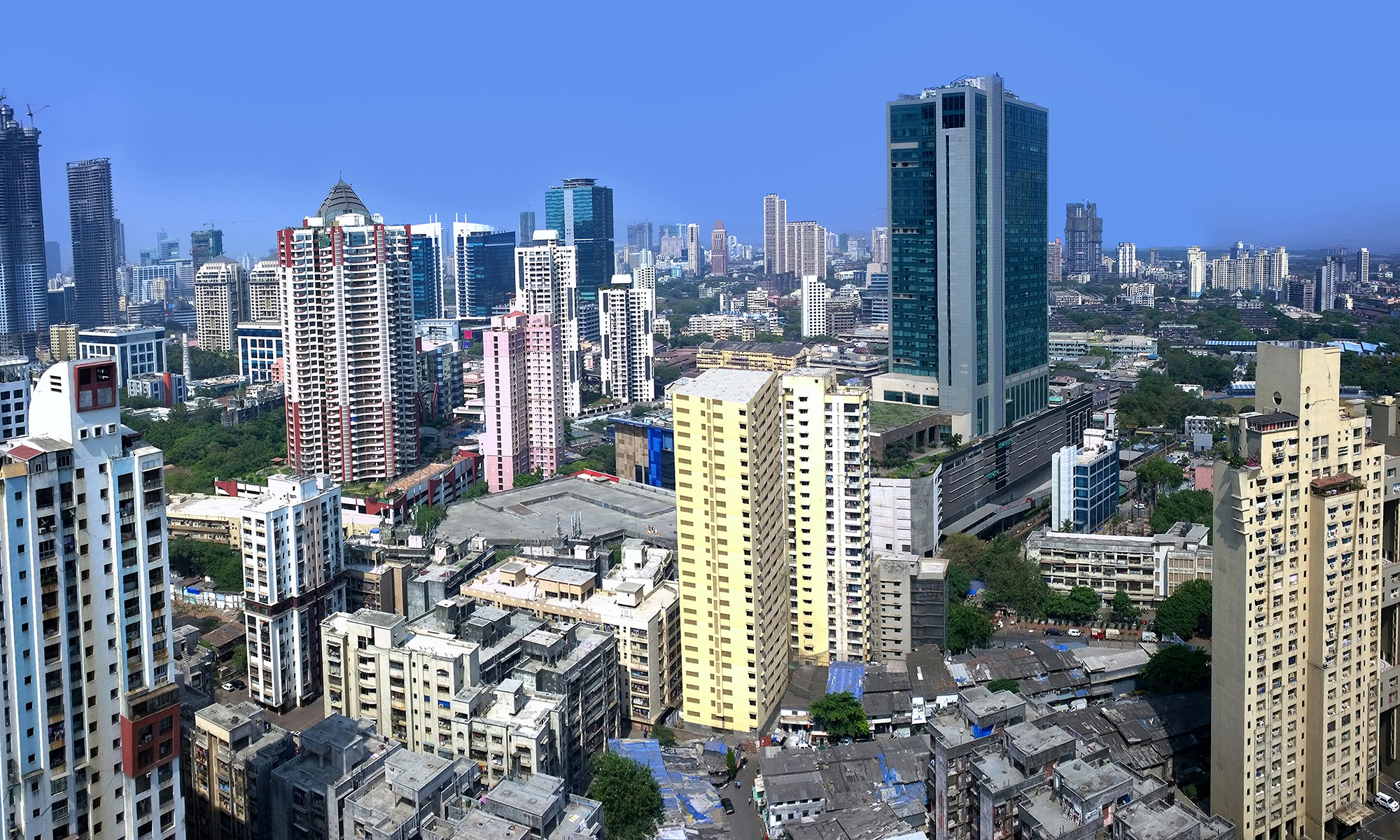
Affordable housing and Mumbai often sound to be quite contradictory. The peninsular city with limited land parcels and load on the infrastructure often makes an urban planner fumble for offering any sustainable solution. Critics hence dismiss the very idea of affordable housing in the city. In Mumbai the development and growth of affordable housing has also been facing significant challenges owing to a gamut of fiscal, regulatory and urban issues.
